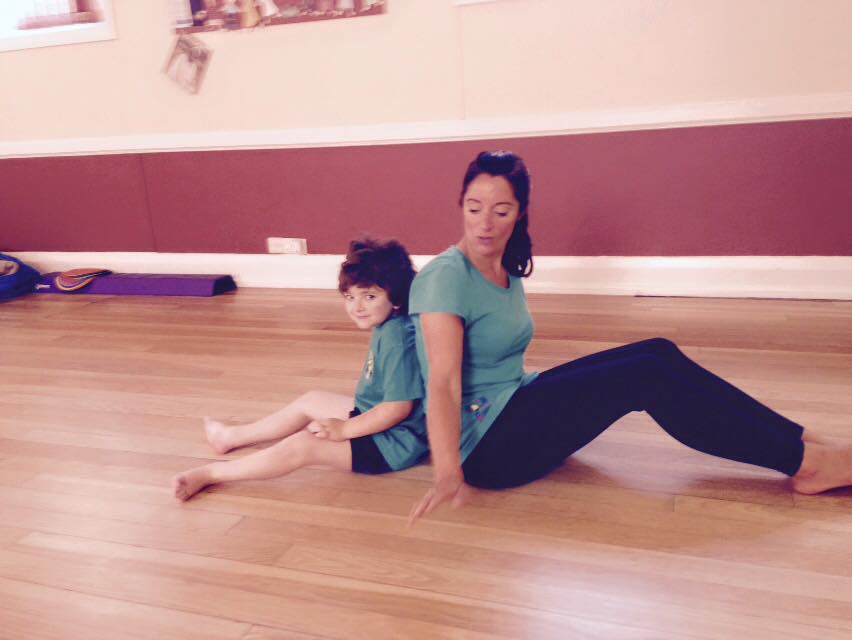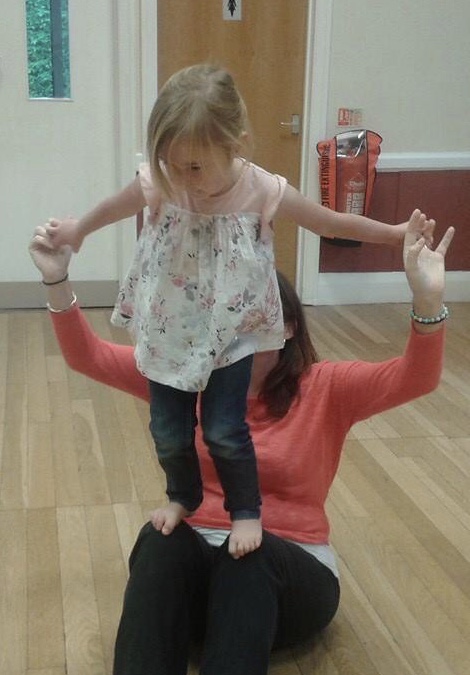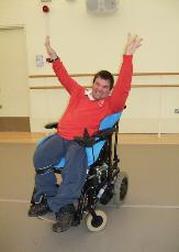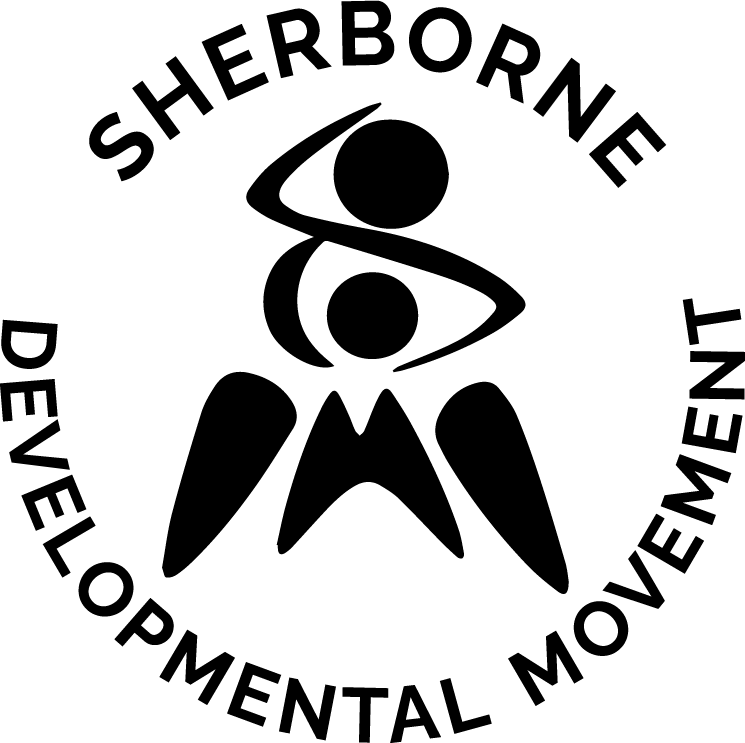An Introduction to Sherborne Developmental Movement
“Through my experience of teaching and observing human movement, and of learning through trial and error, I have come to the conclusion that all children have two basic needs; they need to feel at home in their own bodies and so to gain mastery, and they need to be able to form relationships”
– Veronica Sherborne, 1990


Introduction
Movement experiences are fundamental to the development of all human beings and are particularly important to people with special needs. The input or ‘feeding in’ of movement experiences has to be concentrated and more continuous if people who are challenged in special ways are to realise their potential.
Sherborne Developmental Movement is an approach to teaching and working with movement that is both accessible, especially by people with minimal movement experience, and yet relevant at a very sophisticated level, particularly to people with a background in P.E or dance.
This approach based on the philosophy and theory created by Rudolf Laban (Pioneer and founder of Modern European Dance and movement analysis) was devised by Veronica Sherborne after having worked closely with Laban for 2 years. Her approach to teaching movement is firmly rooted in both observation of how children play in the normal course of their development and then grounding these observations in the philosophy and theory of Laban’s movement analysis.
Objectives of Sherborne Developmental Movement
There are two basic objectives within Sherborne Developmental Movement:
Awareness of Self

This is gained through movement experiences that help the person concentrate so that they become aware of what is happening to their body, listening via touch and by feeling of inner physical sensations rather than by our usual way of looking and thinking. This helps lessen self-criticism and allows people to grow in terms of self-esteem and confidence both a physical and emotional level.
Awareness of Others

The next step is to begin to learn to move around and interact with others in ways that encourage the further development of trust and the building of positive relationships. These movement experiences enable the person to be appropriately supported while being encouraged to explore their unique creativity through shared movement activities.
Benefits of using Sherborne Developmental Movement
- Develop good self esteem, form positive relationships
- Improve emotional and physical literacy
- Extend and improve communication and creative expression
- Build learning power, challenge thinking and increase problem solving
- Create pathways for inclusion; enable differentiated, productive engagement leading to positive achievements
- Address provision of Every Child Matters: 5 outcomes and the National and Foundation Stage curriculum
- Support professional development, team building, extend leadership and management expertise
